Is witch hazel as magical as it sounds? Here’s how to use it to fight acne, soothe inflammation, and even clean your countertops with this natural astringent.
You may have come across witch hazel while researching natural skincare, or perhaps you’ve seen it as an ingredient in some of your beauty products. If you’re like most people, you probably don’t know where it comes from or how it works.
It turns out that there’s a reason witch hazel is so popular. Read on to discover how to use it in your skincare routine and even around your home!
Want naturally radiant skin? We’ve created a FREE guide to give you the best tips & tricks for natural skincare.
Click here to get your FREE copy of our Skincare Guide!
What Is Witch Hazel?
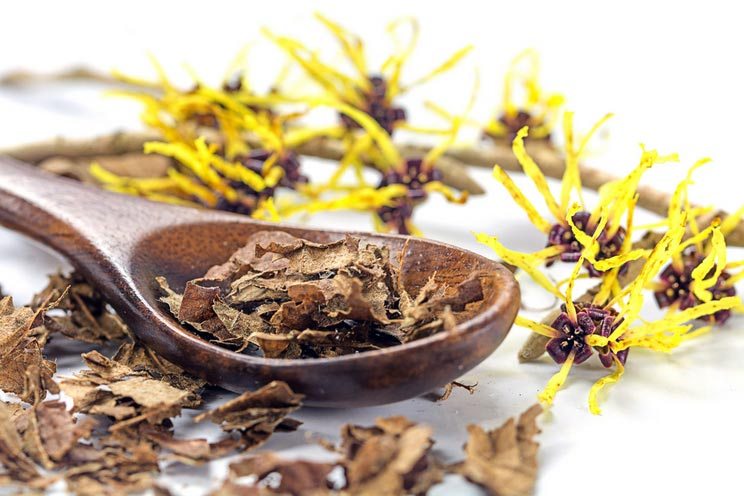
Witch hazel, or Hamamelis virginiana, is a plant native to North America that’s been used to treat skin conditions for centuries. It contains a slew of antioxidants, astringent acids, oils and other properties that can help heal, tone and repair your skin.
Here are just a few of the benefits of keeping a bottle of witch hazel on hand.
7 Natural Benefits of Witch Hazel
1. Helps Reduce Acne

One of the most well-known benefits of witch hazel is its ability to help clear acne breakouts. This is because its anti-inflammatory and antioxidant properties can soothe redness and irritation, reduce bacteria, and fight skin damage (1, 2).
When you feel a pimple or breakout coming on (or if it’s already made its debut), mix a drop of witch hazel with a dab of coconut oil, and use a cotton ball to apply it on the problem area. Since both witch hazel and coconut oil contain antibacterial properties, you’ll get a double dose of acne-fighting power (3).
2. Fights Aging and Skin Damage
Witch hazel contains potent antioxidant compounds, such as tannins and polyphenols, which have been shown to help fight aging and skin damage (4). These compounds work by preventing the DNA damage that causes wrinkles due to a bad diet, environmental pollution, and excess stress.
To give your skin some daily witch hazel love, dip a cotton ball in water, then add a few drops of witch hazel and smooth over your face as a toner. This helps remove any lingering impurities after cleansing.
3. Reduces Scalp Irritation

Studies have shown that witch hazel’s anti-inflammatory properties can help soothe irritated scalps. One study in particular showed that shampoo containing witch hazel extract helped soothe participants’ sensitive scalps while reducing redness, itching, and inflammation (5).
For an easy solution to an irritated scalp, try adding several drops of witch hazel to your shampoo.
4. Calms Hemorrhoids
Witch hazel is also known for its ability to help heal hemorrhoids, and is often recommended by doctors as a natural alternative to creams. Its anti-inflammatory properties work to reduce the uncomfortable pain associated with inflammation, itching and redness (6).
To use witch hazel for hemorrhoids, try adding several drops to a warm bath, or dilute with water and apply directly to the area.
5. Soothes Insect Bites

Witch hazel’s anti-inflammatory properties can also help treat bug bites by reducing irritation, itching, and redness. The astringent properties of witch hazel also help tighten and “cool” skin (7).
To use witch hazel for bug bites, apply a few drops to a cotton ball and dab directly on the affected area.
6. Fights Bad Bacteria
Many skin conditions, including acne, can be caused by and/or made worse by the presence of bad bacteria. These bacteria colonize on the skin and cause irritation, leading to inflammation and breakouts. Witch hazel contains antibacterial and antimicrobial properties, making it excellent at preventing bacteria growth and keeping skin clean (8).
The best way to fight bad bacteria with witch hazel is to make a DIY face (or full-body) toner by diluting several drops of witch hazel with water. Apply this to a cotton ball and wipe your face after cleansing, or dab on bacteria-prone areas of your body, such as your underarms.
7. Cools Burns
Witch hazel has long been used in natural remedies to help heal wounds and reduce swelling. This could be particularly useful in the case of burns, since witch hazel can help “cool,” or soothe the burn with its astringent properties while also simultaneously lowering inflammation and preventing bacteria from infecting the area (9, 10).
To treat a mild burn, dilute several drops of witch hazel with water and use a clean cloth or towel to gently dab the area. Repeat up to three times a day. Note: Do not attempt to treat a severe burn yourself.
How to Use Witch Hazel on Your Skin
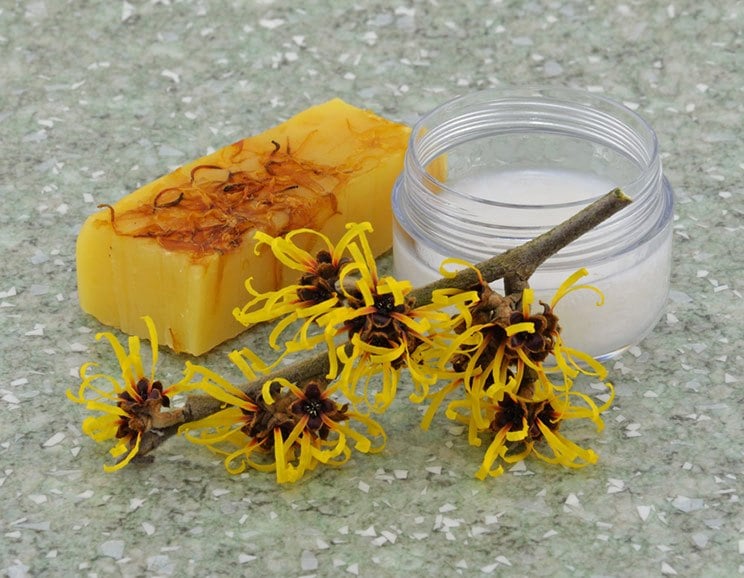
While witch hazel is extremely beneficial, it’s also very potent. Many of the compounds that make up witch hazel, including tannins, eugenol, and carvacrol, can be strong enough to cause irritation if applied at full strength.
To use witch hazel safely on your skin, it’s always best to dilute it either with water or a carrier oil like olive, jojoba, or coconut oil. While there is no hard and fast rule on how much you should dilute it, try doing a 50:50 ratio of witch hazel to a carrier oil or water the first few times you use it. If your skin handles it well, feel free to gradually tweak the ratio to suit your needs.
Also, make sure to test the solution on a small patch of skin first before you apply it to a larger area.
Side Effects of Witch Hazel
Using witch hazel rarely results in any type of serious side effects; usually only a minor skin irritation will occur if the solution isn’t diluted enough. Still, be careful and do the patch test as described above.
When it comes to using witch hazel internally, opinions are mixed. Some say it works well for nausea and digestive issues, while other doctors recommend against ingesting it. Talk to your doctor before making a decision.
How to Use Witch Hazel Around Your Home
This powerful astringent also performs some housecleaning magic. Here are some DIY ideas you can use around the house:
- To clean stains, add witch hazel to a cotton ball or cloth and apply to the stain. Rinse and launder as usual.
- In a spray bottle, combine witch hazel, water and apple cider vinegar for a DIY countertop cleaner.
- Add a half cup of witch hazel to a gallon of water and use for mopping the floor.
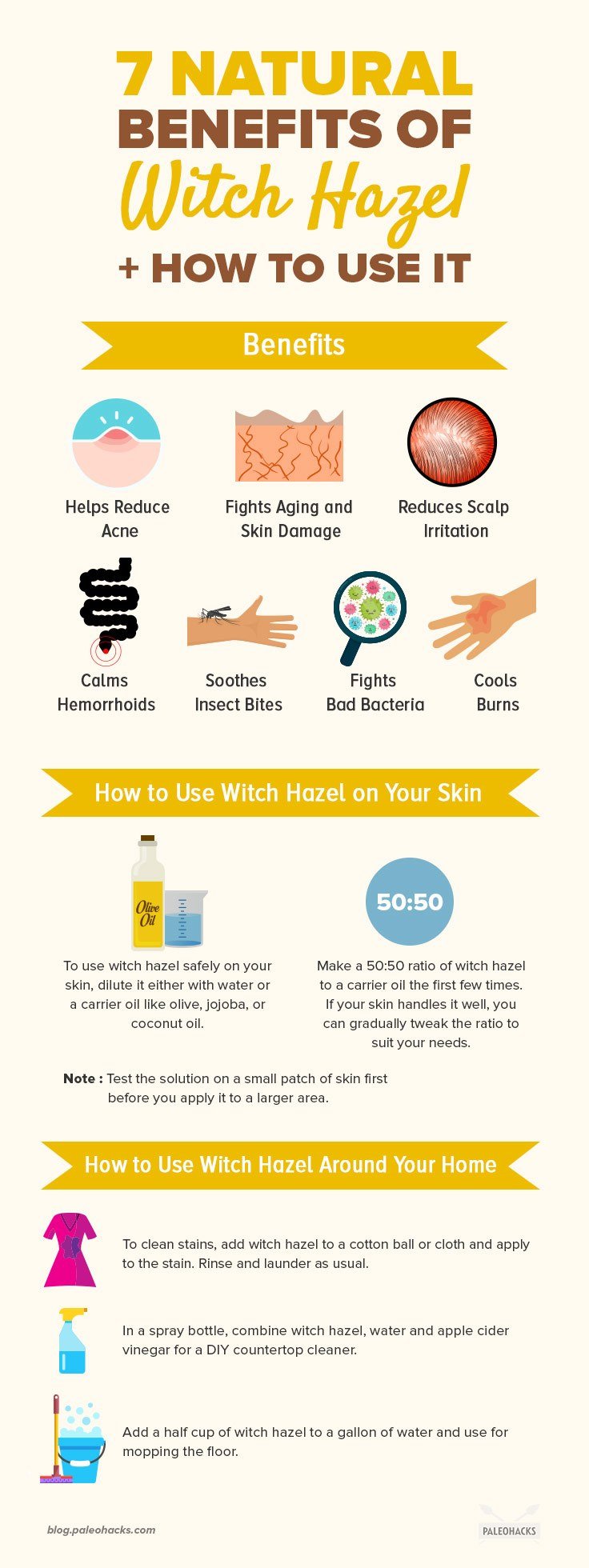
(Read This Next: 11 Amazing Ways To Use Castor Oil for Skin, Hair, Health & Home)



 7 Foam Roller Exercises to Release Hip Pain
7 Foam Roller Exercises to Release Hip Pain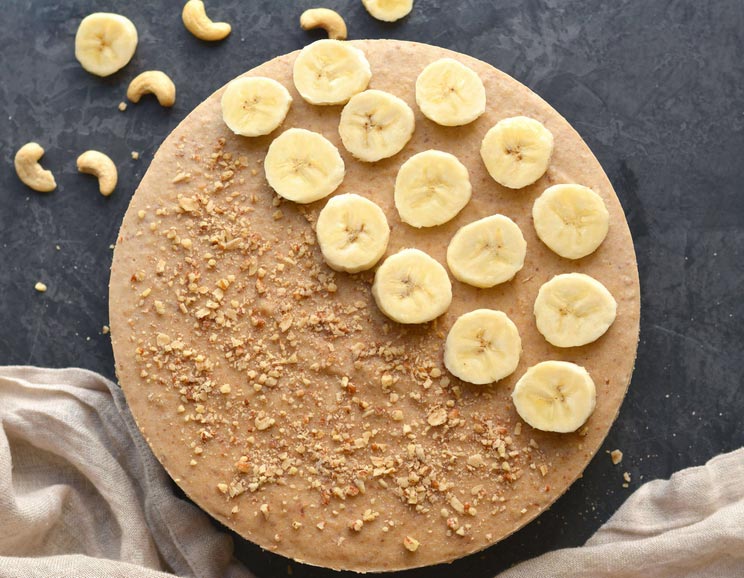


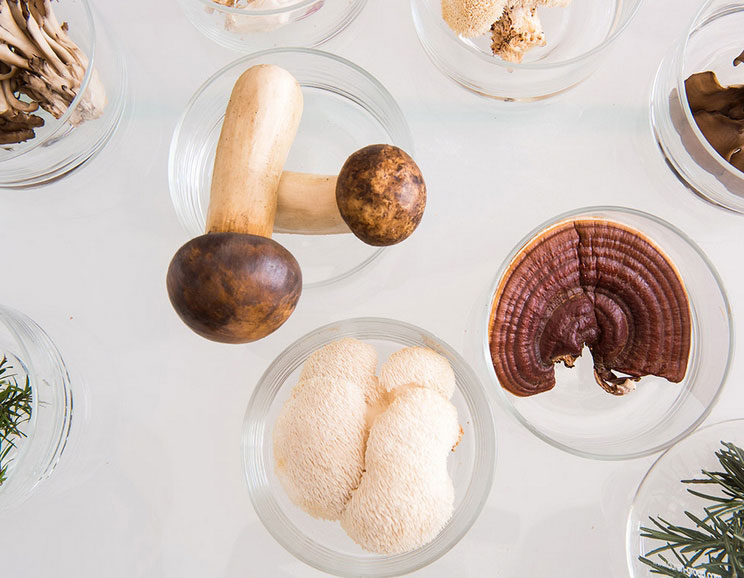


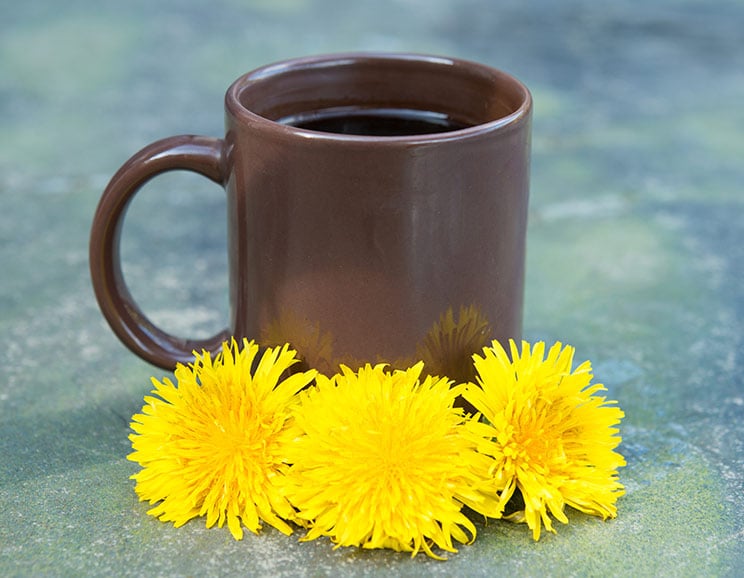
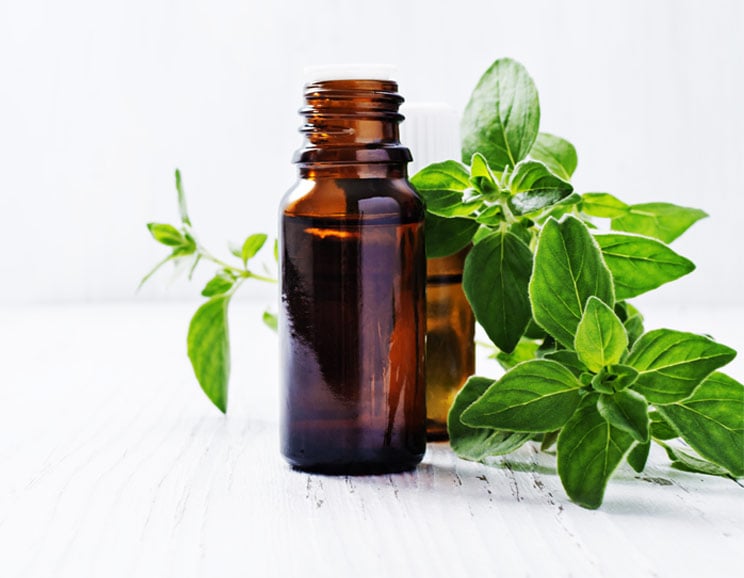
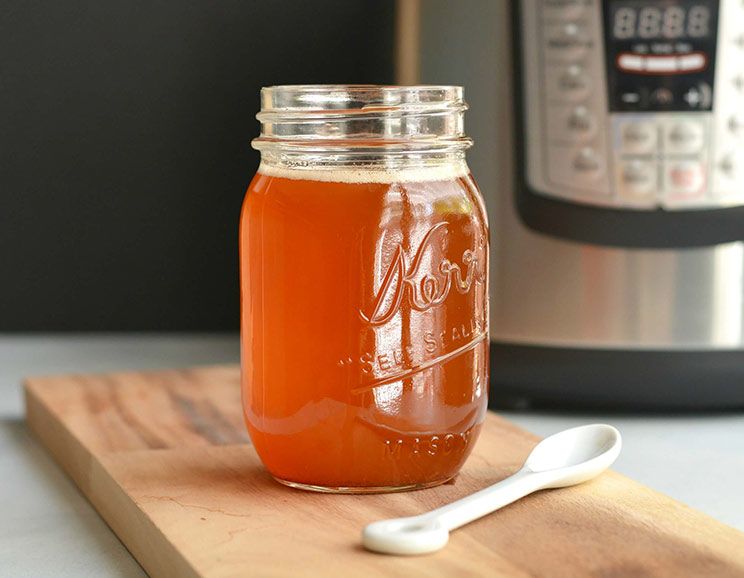
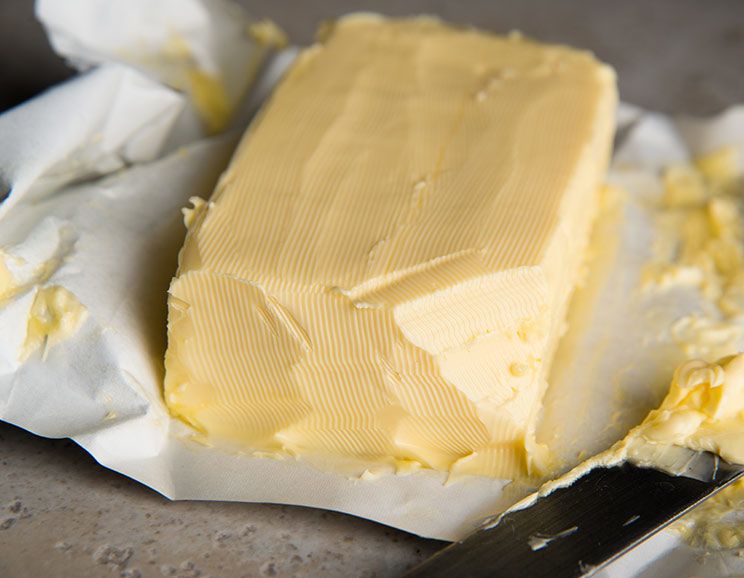
Show Comments